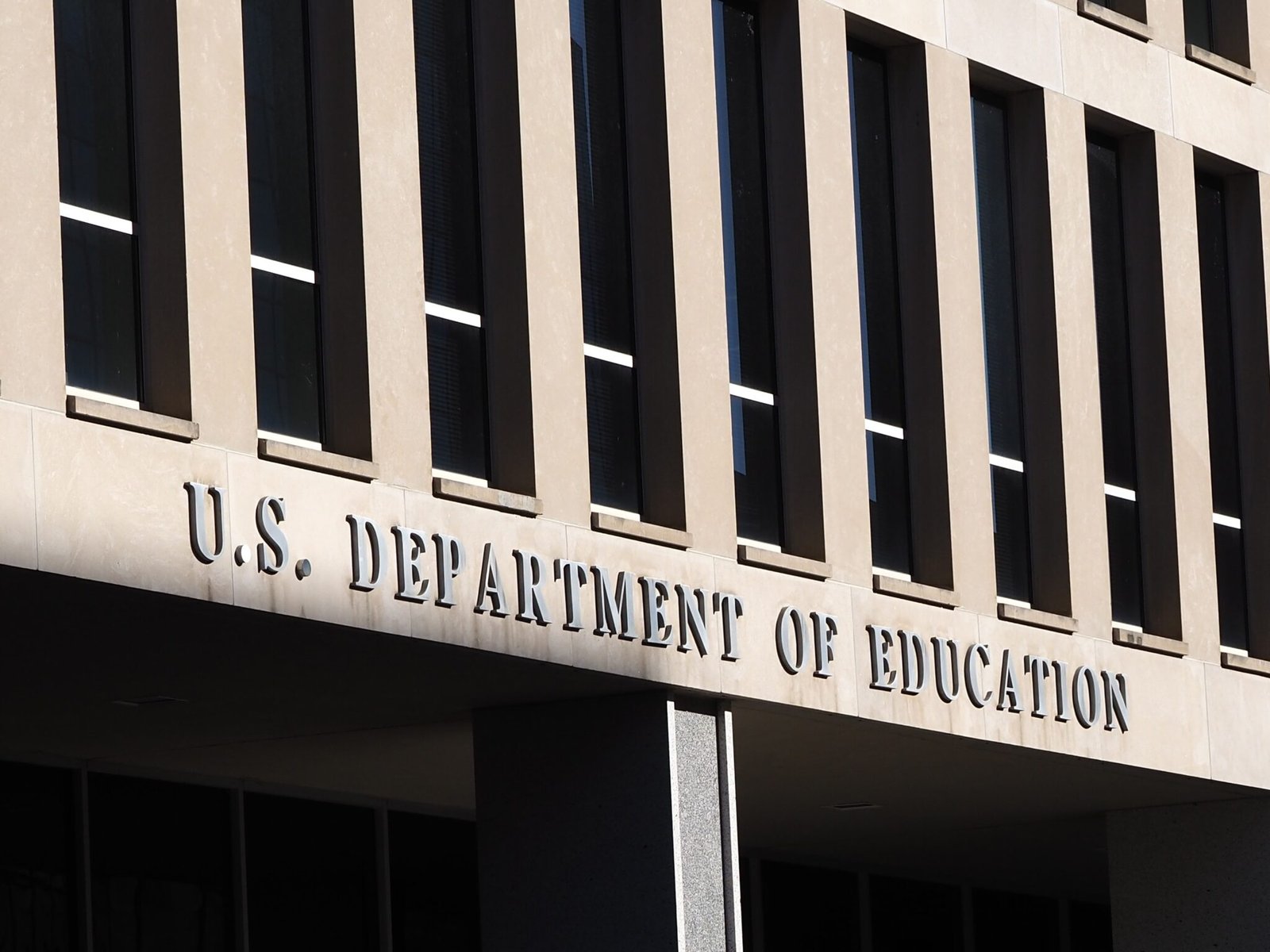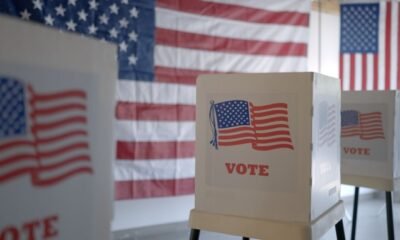DC Bureau
Experts Cast Doubt on Trump’s Feasibility of Axing the Education Department

WASHINGTON — President-elect Donald Trump faces significant challenges in his promise to eliminate the U.S. Department of Education. Achieving this goal involves navigating the intricate logistics of federal policy and securing bipartisan congressional support, making the task quite formidable.
Experts believe that Congress is unlikely to entertain this notion. If it were pushed through, it would complicate Trump’s broader educational agenda. Derek Black, a law professor at the University of South Carolina, expressed doubts that a bill to defund or dismantle the agency could garner sufficient legislative support. He suggested that a more likely scenario involves reducing the department’s budget and staff rather than its complete dissolution.
Although the federal Education Department does not control school curricula—since educational oversight predominantly resides at the state and local levels—it wields substantial influence through funding. This includes support for programs benefiting low-income districts and special education initiatives, as well as managing federal student aid.
Should Trump pursue the elimination of the department, existing programs would either need to be dismantled or reassigned to different federal agencies. Rachel Perera from the Brookings Institution raised concerns about whether those agencies would be adequately resourced to handle these additional responsibilities.
Last week, Senator Mike Rounds introduced legislation aimed at abolishing the department and reallocating its programs. Rounds criticized the federal Education Department, stating it has not directly educated any students and suggested that its bureaucratic structure does more harm than good.
The Heritage Foundation’s Project 2025 has outlined a path for dismantling the department, advocating for a reorganization of its programs. Interestingly, while Trump has distanced himself from this conservative framework, some key figures from his administration contributed to its development.
The policy agenda emphasizes a return to state and local control of education funding. It proposes that federal funding be redirected to states as grants, allowing them to allocate resources according to their own educational laws and priorities. This is crucial especially for Title I funding, which provides considerable assistance to districts with high concentrations of low-income students.
Black noted that substantial funding regimes cannot simply disappear without negative repercussions, particularly for rural and Republican-leaning states reliant on Title I. The political willingness to remove such essential funding seems non-existent.
In related developments, Trump has nominated Linda McMahon for Education Secretary, who previously held positions in his administration and at World Wrestling Entertainment. If confirmed, she will be pivotal in enacting Trump’s educational policies, which include promoting school choice and curbing what he refers to as “wokeness” in education.
Trump’s proposed funding adjustments threaten to penalize schools that teach what he terms “critical race theory” and “gender ideology.” Conversely, he intends to increase funding for districts that follow specific policy directives, including transparency in curriculum and the elimination of teacher tenure.
However, this approach poses a paradox. Perera highlighted logical inconsistencies within Trump’s education strategy: while he aims to reduce federal influence, he simultaneously seeks to impose federal standards on school districts regarding curricula. This contradiction raises questions about the feasibility of his agenda.
Last updated 9:23 a.m., Nov. 25, 2024


















